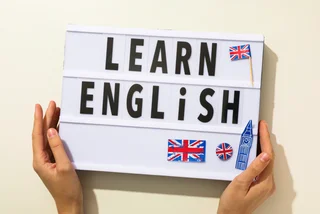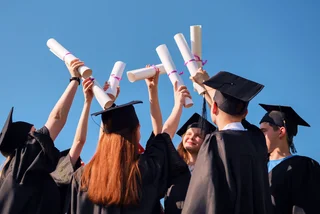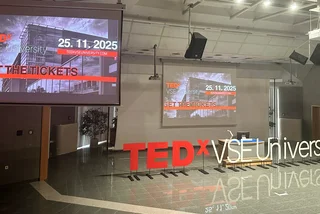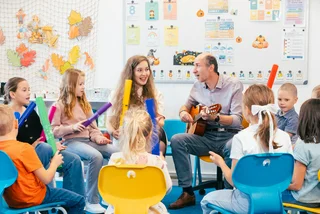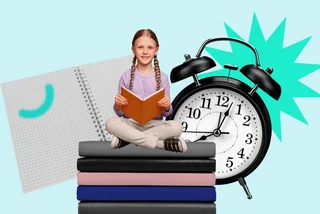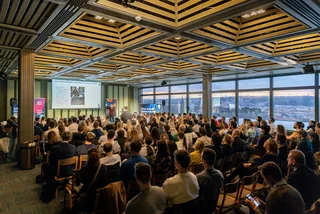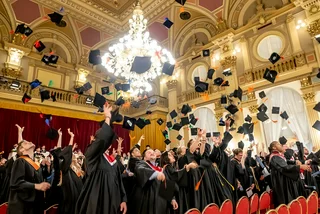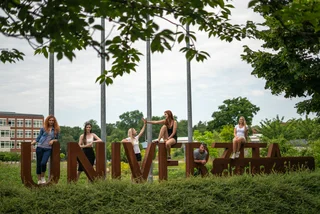Susan Sears Smith, M.A., Early Childhood Educator
International Montessori School of Prague, Prague 4, Roztyly
Question: We are looking for a preschool for our child in Prague, and we are wondering how to go about picking a school? Should I find one that lets the child play as much as he or she wants? Or should we find one with a curriculum that includes academic subjects? Isn’t this emphasis on academics too rigorous for young children?
Answer:Preschool education presents opportunities for learning when your child is developmentally ready for it. Brain development studies have found that there are specific windows of opportunity for learning certain subjects. For example, children up to the age of 6 have a great deal of activity in the parts of the brain which process speech. So these are the years to make great strides in acquiring vocabulary in a first and second language, and learning to write and read. In addition, the part of the brain which counts and understands numerical concepts is also in a sensitive period for growth at this time. Preschools serves young people well by including counting, appropriately designed work with the decimal system, and building numbers. Also children express themselves through art and music so classes should have plenty of materials for regular use. Finally, the outdoor environment should be accessible while safe, include a variety of equipment and be used throughout the year. If a park or forest is nearby, check that children take regular walks in order to observe nature. When a program is well-designed and taught by professionals, children become thoroughly engaged and find it fun.
Three Approaches for Preschool Education
Three broad approaches for early childhood education are adult-centered, child-centered, and a mix of adult and child-centered and feature the following:
1. Adult-centered – The adult prepares a lesson and does most of the talking while the children sit, watch and take in the information. Alternately, children group around a large table and the adult gives them projects that have a specific end product in mind. Children are expected to be quiet, and do lessons all together with similar results. Children who are not interested are asked to conform to what the group is doing. Children are not encouraged to experiment with materials.
2. Child-centered – Adults follow the unique development of each child and design lessons that capitalize on this development. Children up to the age of 6 work near other children but not usually together. The projects are generally individual activities. The emphasis is on the process of what children are doing and exploring. Materials are hands-on and children learn through manipulating objects. Examples include Montessori and High-Scope. The environment is also carefully prepared so the child will find many activities that are attractive and accessible without an adult.
3. A mixture of Adult-centered and Child-centered – Some preschools have about half of the time group lessons and half the time children select one of many interest areas such as: manipulative activities (e.g. puzzles), science, reading, writing, art, blocks or fantasy play (dress up).
Each school is highly individual so it is recommended that you schedule a visit to the school before you enroll your child and find out as much as you can about the teaching approach. Drop in visits are disruptive to the enrolled students who are busy with day to day activities, so please call the school office a week in advance to schedule an observation. The added benefit is that you also get to check out how the administrators at the office treat a potential parent; the friendlier and more cooperative, the better.
🌟 Customer Care Specialist FR – Prague 🌟

Financial Reporting & Analysis Specialist

Below is a checklist that you might find helpful during your visit. But beyond these topics, take the time to get an overall feeling about the environment and consider whether your child would have fun and learn at that school. Look for a warm, friendly and comfortable place with plenty of activities for the children and trained teachers to connect the child to the materials.
General Topics in the Checklist
A. Classroom Observation
1.Physical Environment
2.Cognitive Environment
3.Social/Emotional Environment
B. Questions for the Office
Money, school calendar including closure days, teachers qualifications, food served, naps, parent involvement and teaching method, discipline, and license.
Checklist:












 Reading time: 3 minutes
Reading time: 3 minutes 


 Danish
Danish
 Polish
Polish
 Swedish
Swedish


